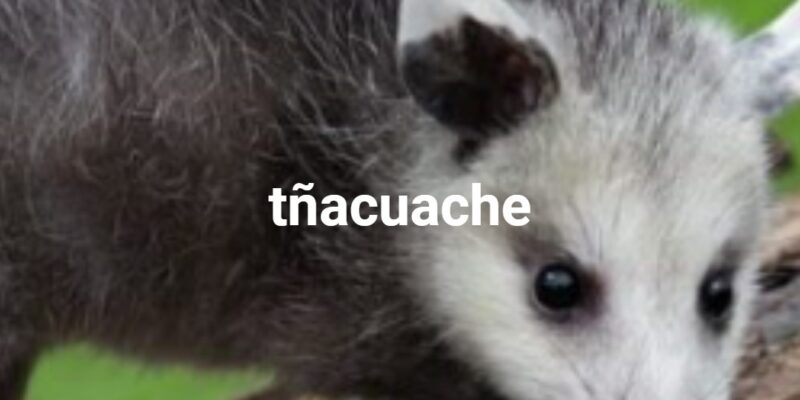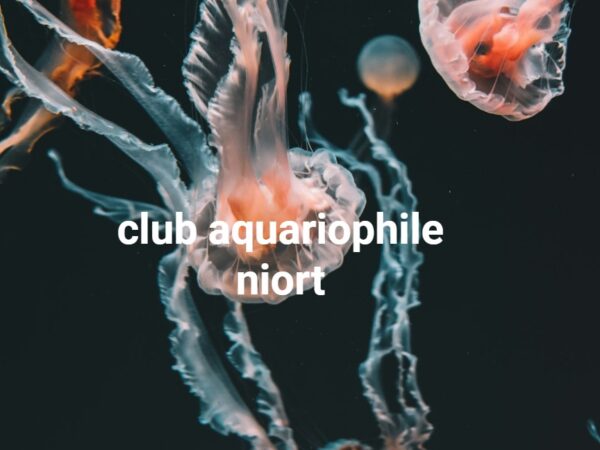tñacuache: A Unique Animal with a Fascinating History

Introduction to the tñacuache
Meet the tnacuache, a creature that might just be your new favorite animal. This marsupial, often overshadowed by more famous relatives like kangaroos and koalas, has its own unique charm and fascinating story to tell. Found primarily in Central and South America, the tnacuache is not only intriguing for its appearance but also for its rich cultural significance. With a blend of quirky habits and an important role in local ecosystems, this remarkable animal deserves our attention. Are you ready to dive into the world of the tnacuache? Let’s explore what makes this little critter so special!
Origins and History of the tñacuache
The tñacuache, also known as the opossum, has a rich history that dates back millions of years. These marsupials are believed to have originated in South America before spreading across North America.
Fossil records indicate that tnacuaches roamed various habitats long before humans arrived on the scene. Their adaptability allowed them to thrive in diverse environments, from lush forests to arid deserts.
In many indigenous cultures, the tnacuache is seen not just as an animal but as a symbol of resilience and resourcefulness. The creature’s unique ability to play dead when threatened has captured human imagination for generations.
Throughout history, stories and myths featuring this remarkable animal have been passed down through families. They often portray the tnacuache as clever and strategic—traits that highlight its role within local ecosystems and folklore alike.
Physical Characteristics and Habitat
The tnacuache, also known as the opossum, boasts a remarkable array of physical features. This marsupial has a pointed snout and large, expressive eyes that give it an endearing appearance. Its fur is primarily grayish-white, with some variations depending on the species.
One standout characteristic is its prehensile tail, which aids in climbing and balancing among branches. The tnacuache’s size can vary; some measure up to 40 inches long when including their tails.
These fascinating creatures thrive in diverse habitats. You can find them in forests, grasslands, and even urban areas across North America and parts of South America. They prefer environments that offer plenty of cover for nesting—like dense shrubs or hollow trees—and access to food sources such as fruits and insects. Their adaptability allows them to survive in both wild settings and human-influenced landscapes.
Behavior and Diet of the tñacuache
The tnacuache, also known as the opossum, exhibits intriguing behaviors that set it apart from other mammals. Known for its adaptability, this marsupial is mostly nocturnal. It ventures out at night in search of food and shelter.
When it comes to diet, the tnacuache is an omnivore. Its menu includes fruits, insects, small rodents, and even carrion. This varied diet allows it to thrive in diverse environments.
One fascinating behavior is its ability to play dead when threatened. This unique defense mechanism can fool predators into losing interest.
Socially, tnacuaches are generally solitary creatures but will communicate through a range of sounds like hisses and growls when feeling threatened or during mating season. Their keen sense of smell helps them locate food efficiently in their surroundings.
Significance in Culture and Folklore
The tnacuache holds a special place in the folklore of various cultures, particularly in Latin America. Often depicted as a cunning trickster, this marsupial embodies cleverness and adaptability. Stories told around campfires bring the tnacuache to life, showcasing its ability to outsmart predators.
In some regions, it is seen as a symbol of resilience. Its knack for survival against odds inspires tales that resonate with people facing their own challenges. The creature’s nocturnal habits add an air of mystery, making it a subject of fascination and intrigue.
Folklore often attributes magical qualities to the tnacuache. Some communities believe that encountering one can bring good fortune or serve as an omen. These beliefs enhance its status within cultural narratives and traditions.
Artistic representations frequently feature the tnacuache, capturing its unique charm and significance across generations. Through these stories and images, the animal remains an enduring figure in cultural memory.
Conservation Efforts for the tñacuache
Conservation efforts for the tnacuache are crucial as this remarkable marsupial faces various threats. Habitat loss due to urbanization and agriculture continues to encroach on their natural environments.
Organizations dedicated to wildlife preservation have launched initiatives aimed at protecting these unique creatures. Educating local communities about the importance of preserving tnacuache habitats is a key focus.
Wildlife corridors are being established, allowing safe passage between fragmented areas. This helps maintain genetic diversity and promotes healthier populations.
Additionally, some regions implement legal protections against hunting and poaching, ensuring tnacuaches can thrive without fear of extinction. Research programs provide valuable insights into their behavior and ecology, enhancing conservation strategies.
Public awareness campaigns highlight the ecological role of the tnacuache in maintaining balanced ecosystems. By fostering appreciation for this fascinating animal, we encourage support for its ongoing protection efforts across its native range.
Conclusion: Why We Should Appreciate the tñacuache’s Role in Nature
The tnacuache plays a vital role in maintaining the balance of its ecosystem. As an omnivorous marsupial, it contributes to seed dispersal and pest control, making it an essential player in its habitat. By feasting on fruits and insects, the tnacuache ensures healthy plant growth while keeping insect populations in check.
Its unique adaptations allow the tnacuache to thrive in various environments, from forests to urban areas. This resilience is a testament to nature’s ingenuity and reminds us of the importance of biodiversity. Each species has a part to play; losing one can disrupt entire ecosystems.
Culturally significant as well, the tnacuache appears in folklore that connects people with their natural surroundings. These stories highlight our shared history and encourage conservation efforts that protect not just this remarkable animal but also the environment we all share.
Appreciating the tnacuache means recognizing its contributions both ecologically and culturally. It’s time for us to champion these fascinating creatures, ensuring they remain an integral part of our world for generations to come.










